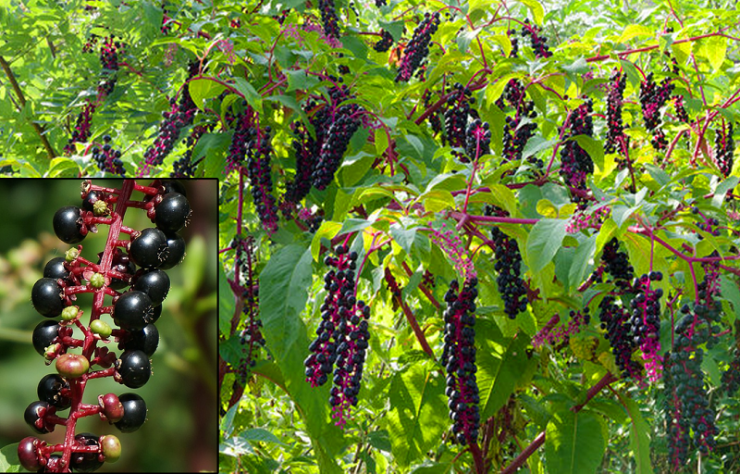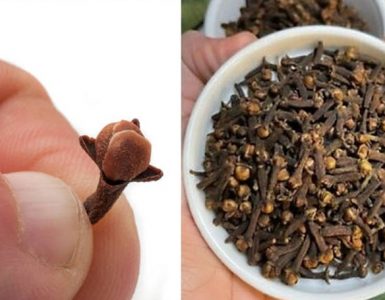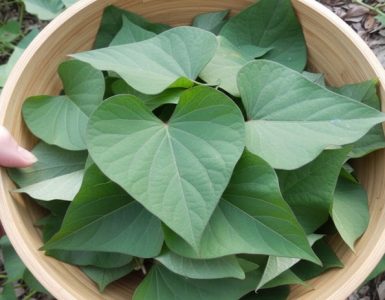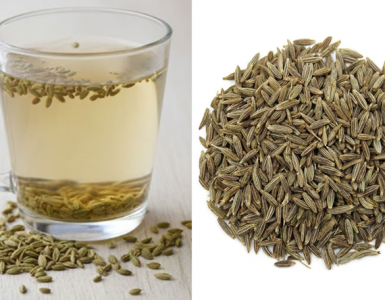If you’ve ever noticed a tall plant with bright purple berries and vibrant green leaves in your backyard or along roadsides, you may have encountered pokeweed (Phytolacca americana). While it may look attractive, this plant hides a dangerous secret — it’s highly toxic to humans, pets, and livestock.
What is Pokeweed?
Pokeweed is a perennial plant native to North America, easily recognized by its reddish-purple stems, drooping clusters of dark berries, and large green leaves. It often thrives in disturbed soils, fields, and even home gardens — sometimes without homeowners realizing it.
Why is Pokeweed Dangerous?
Every part of the pokeweed plant — from its roots to its berries — contains toxic compounds known as saponins and alkaloids (specifically phytolaccatoxin and phytolaccigenin). These substances can cause severe poisoning in humans and animals if ingested.
Common symptoms of pokeweed poisoning include:
Nausea and vomiting
Severe diarrhea
Abdominal cramps
Difficulty breathing
Low blood pressure
In extreme cases, respiratory failure and death
Even handling the plant without gloves can cause skin irritation in sensitive individuals.
The Risk of the Berries
While the deep purple berries may look tempting — especially to children — they are not safe to eat. Just a few berries can cause significant illness in young children, and larger amounts can be fatal. Birds, however, seem to tolerate them and often help spread the plant’s seeds.
How to Remove Pokeweed Safely
If you find pokeweed in your yard:
Wear protective gloves and long sleeves.
Remove the plant by digging out the root (it can regrow if left behind).
Do not compost — dispose of it in the trash.
Wash your hands thoroughly after handling.
While pokeweed has been used traditionally in tiny, carefully prepared amounts for medicinal and culinary purposes (like “poke sallet”), it is not safe for casual consumption. The risk of poisoning far outweighs any potential benefit.






Add comment